The Importance of Finding the Right Fit: A Cup Bras
Choosing the perfect A Cup Bra is not just about finding a piece of lingerie that fits; it’s about finding a piece of armor that supports and enhances your natural beauty. The quest for the ideal bra begins with understanding the unique contours of your body and ends with a bra that feels like a second skin. This guide aims to provide a comprehensive understanding of how to select the perfect A Cup Bra, ensuring comfort, support, and style.

Understanding Your Measurements
Before diving into the world of a cup bras, it’s crucial to know your measurements. The conventional wisdom suggests that a correct bra size consists of a band size and a cup size. However, the reality is more nuanced. The band size should snugly encircle your ribcage, just below your bust, while the cup size should accommodate the fullness of your breasts without spillage or gaping. To obtain accurate measurements, invest in a soft measuring tape and follow the guidelines provided by reputable lingerie brands or consult a professional fitter.
Types of A Cup Bras and Their Benefits
a cup bras come in various styles, each designed to cater to different needs and preferences. The most common types include balconette, plunge, full-coverage, and sports bras. Balconette bras offer a gentle lift and a smooth, rounded silhouette, making them ideal for everyday wear. Plunge bras, with their deep V-necklines, are perfect for low-cut tops and evening wear. Full-coverage bras provide maximum support and coverage, suitable for those seeking a more secure fit. Sports bras, designed with active individuals in mind, offer compression and support during physical activities.

Material Matters: Comfort and Durability
When selecting an A Cup Bra, the choice of material is paramount. Natural fibers like cotton and silk are breathable and soft against the skin, making them excellent choices for everyday wear. On the other hand, synthetic materials such as nylon and spandex offer more durability and support, often found in sports bras and those designed for a more structured fit. Consider the purpose of the bra and your personal comfort when choosing the material.
Adjustability and Sizing
One of the key aspects of finding the perfect A Cup Bra is adjustability. Look for bras with adjustable straps and hooks that allow you to fine-tune the fit according to your body’s needs. This feature is particularly important for those whose weight fluctuates or who experience changes in their body shape over time. Additionally, remember that sizing can vary between brands, so it’s always a good idea to try on multiple sizes and styles to find the best fit.
Embracing Your A Cup: Confidence and Style
A Cup Bras should not only provide support and comfort but also instill a sense of confidence. Embrace your unique shape and size, and remember that confidence is the most attractive accessory you can wear. Whether you’re dressing for a special occasion or a casual day, the right A Cup Bra can make all the difference in how you feel and present yourself to the world.

Final Thoughts on Selecting the Perfect A Cup Bra
In conclusion, the journey to finding the perfect A Cup Bra is a personal one that requires understanding your body, knowing your preferences, and being open to trying different styles and fits. Remember, the ultimate goal is to find a bra that makes you feel comfortable, confident, and beautiful in your own skin. Take the time to explore your options, and don’t be afraid to ask for help from a professional fitter or consult online resources for guidance.
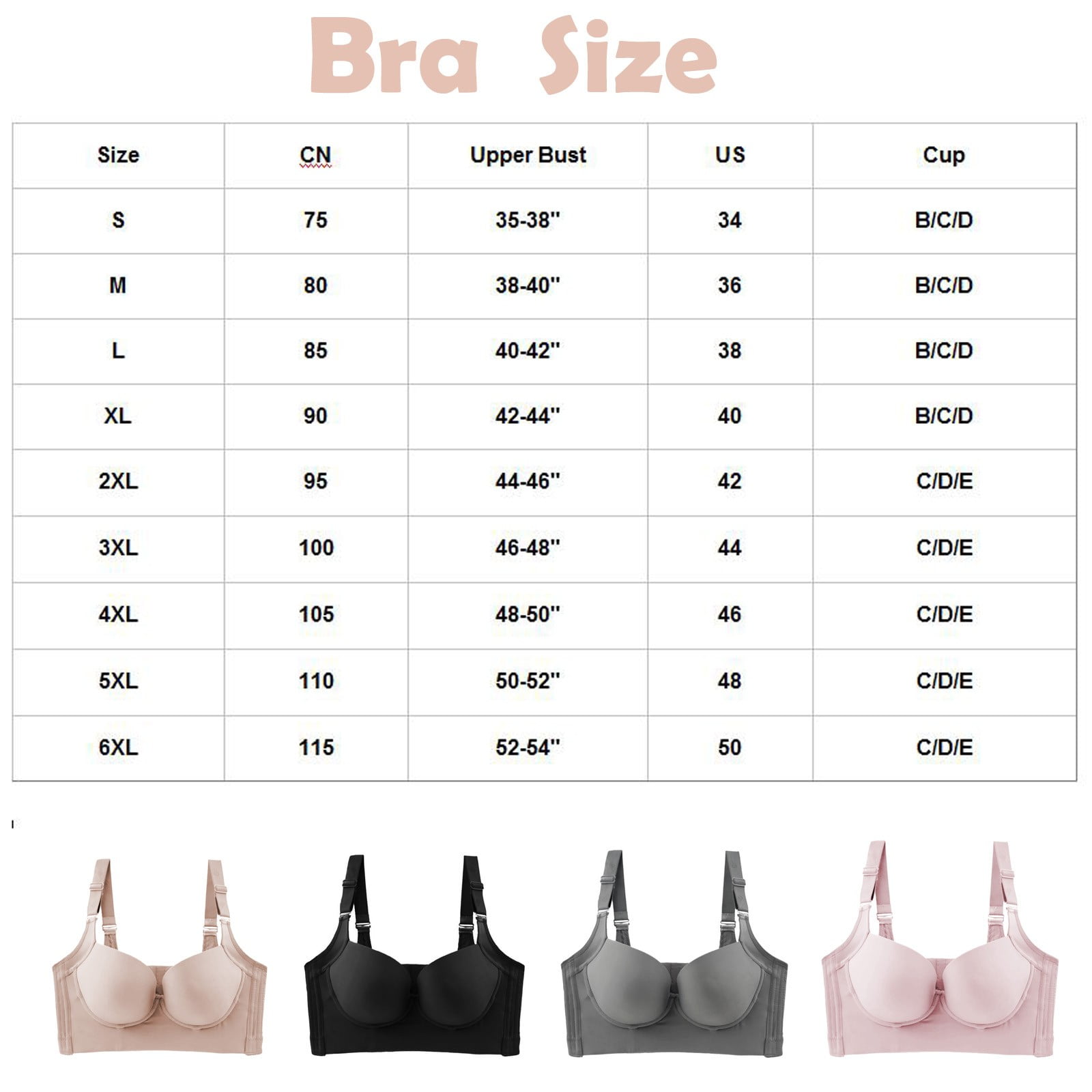

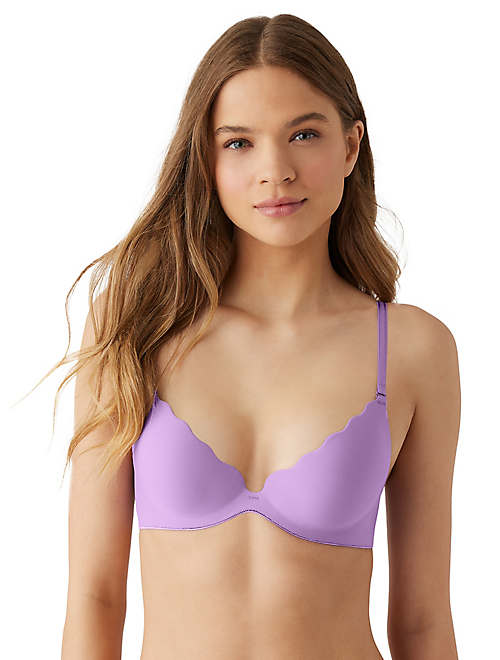
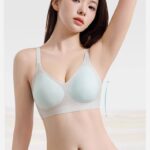
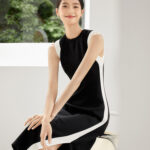

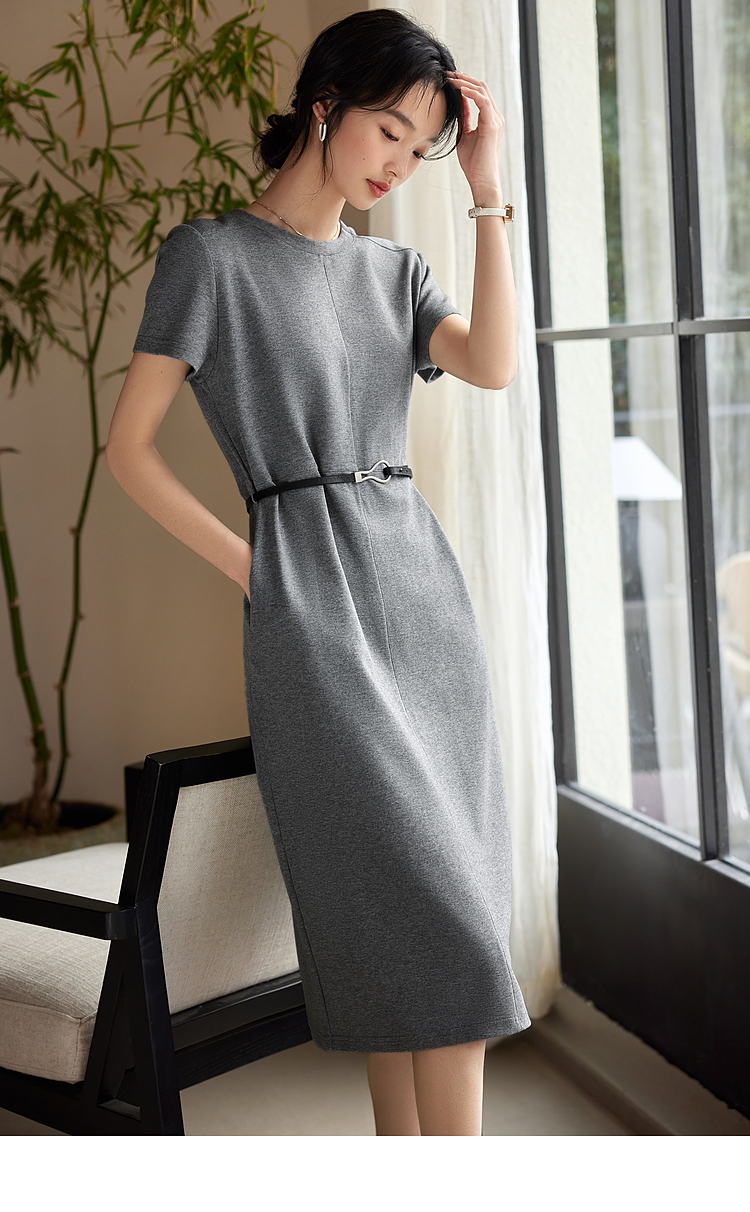
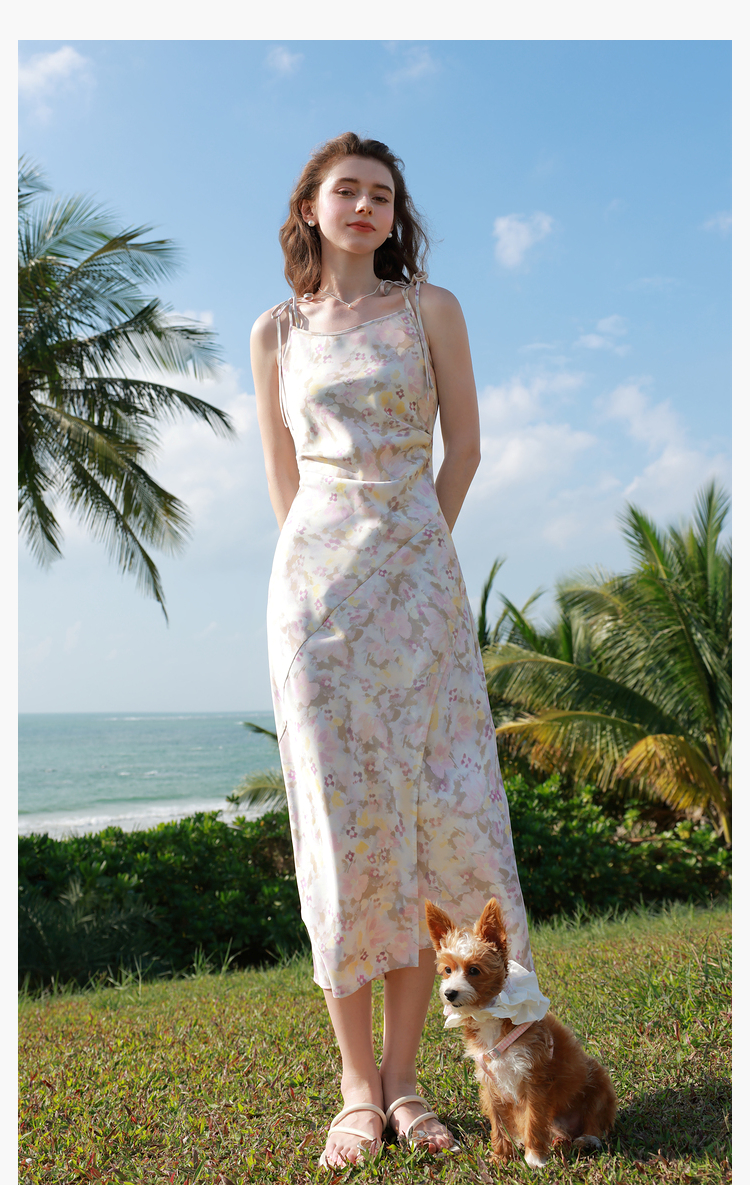
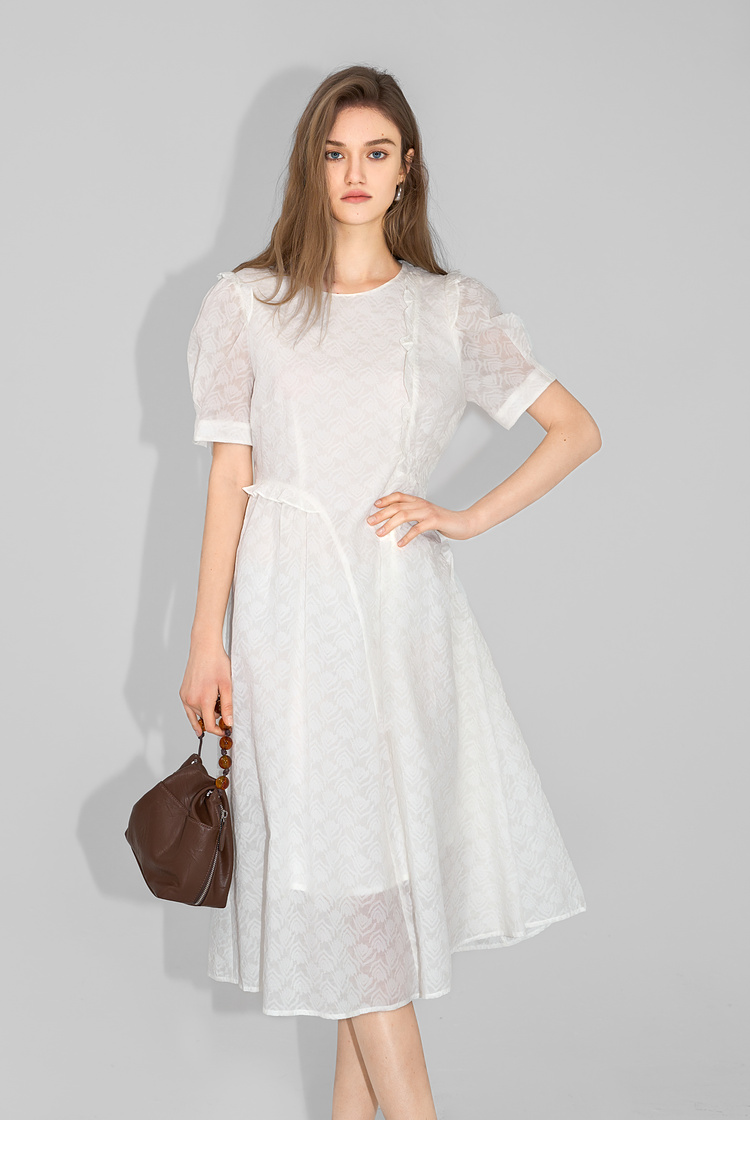
The article’s emphasis on natural fibers like cotton and silk is a big plus for me. I have sensitive skin and need materials that are soft and breathable.
I’m a bit disappointed that the article didn’t mention anything about the durability of A cup bras. As someone who invests in quality lingerie, this is a key factor for me.
As a fitness enthusiast, I appreciate the section on sports bras for A cups. It’s great to know that there are options designed specifically for active women like me.
The article could have explored more about the social value of wearing the right bra. How it can impact your interactions and self-perception in social settings.